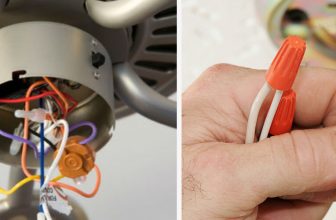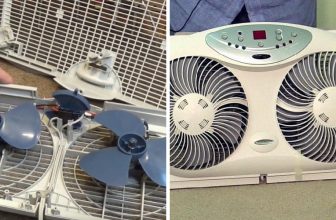How to Clean Ceiling Fans with Vinegar
Cleaning ceiling fans can be a challenging task, but one effective and eco-friendly solution is to use vinegar. Vinegar’s natural cleaning properties can help cut through dust and grime, leaving your ceiling fan blades looking spotless. In this article, we will explore the step-by-step process of how to clean ceiling fans with vinegar.
From preparing a vinegar-based cleaning solution to the actual cleaning technique, we’ll provide you with the knowledge to get your ceiling fans looking and functioning like new.
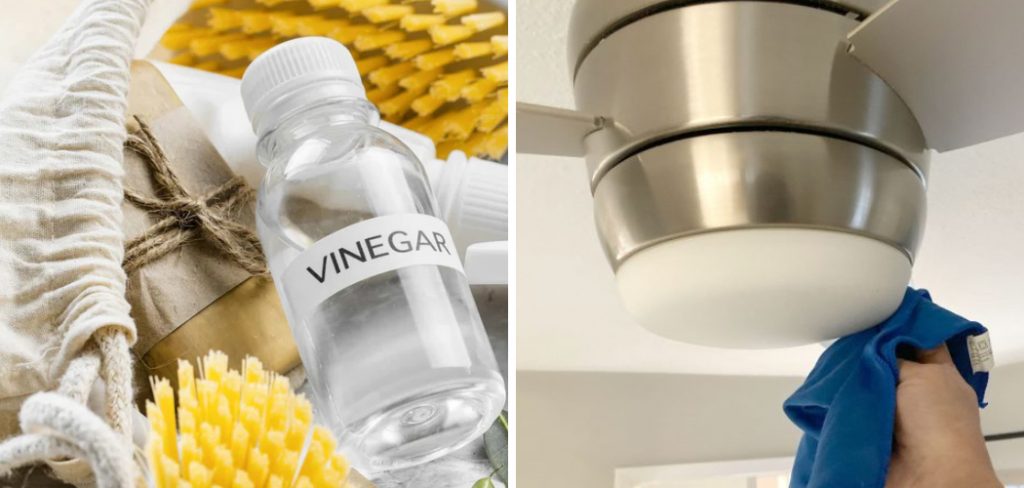
Whether you’re looking to improve the air quality in your home or simply want to maintain a cleaner living space, cleaning ceiling fans with vinegar is a cost-effective and environmentally friendly approach. Discover the tips and methods to keep your ceiling fans in top condition while avoiding the mess often associated with this chore.
Benefits of Using Vinegar for Cleaning Ceiling Fans
Ceiling fans are a popular choice for many homeowners, providing both style and functionality to a room. However, over time, these fans can become dusty and dirty, making them less effective at circulating air and potentially causing allergies or other health issues. Cleaning ceiling fans regularly is important not only for maintaining the fan’s appearance but also for improving indoor air quality.
There are various methods for cleaning ceiling fans, but one method that has gained popularity in recent years is using vinegar. Vinegar is a natural household cleaner that is safe to use and highly effective at removing dirt, dust, and grime from various surfaces, including ceiling fans.
So why should you consider using vinegar for cleaning your ceiling fan? Here are some of the top benefits of using vinegar for this task:
Non-Toxic and Environmentally Friendly
Vinegar is a natural, non-toxic cleaner that is safe to use around children and pets. Unlike traditional cleaning products that may contain harsh chemicals, vinegar poses no health risks or environmental hazards. This makes it a great choice for those who are conscious about the products they use in their homes.
Cost-Effective
Vinegar is a budget friendly alternative to store-bought cleaning products. It can be purchased in bulk at a low cost, making it a cost-effective option for those who clean their ceiling fans regularly.

Versatile Cleaner
Not only is vinegar effective for cleaning ceiling fans, but it can also be used on various other surfaces such as kitchen countertops, bathroom tiles, and even windows. This versatility makes it a valuable addition to any household cleaning routine.
Effective at Removing Grease and Grime
Grease and grime can build up on ceiling fan blades over time, making them less efficient at circulating air. Vinegar’s acidic properties make it an excellent cleaner for cutting through grease and grime, leaving your fan blades looking shiny and new.
Odor-Eliminating Properties
Another benefit of using vinegar for cleaning ceiling fans is its ability to eliminate odors. Whether it’s from cooking, pets, or other sources, vinegar can help neutralize unpleasant smells and leave your room smelling fresh and clean.
10 Methods How to Clean Ceiling Fans with Vinegar
1. Wiping Down the Blades
The first step in cleaning your ceiling fan with vinegar is to wipe down the blades with a damp cloth. This will help to remove any dust or dirt that has accumulated on the blades. Be sure to use a soft cloth so as not to scratch the surface of the fan blades. You can also add a small amount of dish soap to the water for extra cleaning power.
2. Mixing Vinegar and Water
Once you have wiped down the blades, mix equal parts white vinegar and water in a bowl. Dip a clean cloth into the mixture and wring out any excess liquid. The cloth should be damp but not dripping wet. However, if your fan blades are really dirty or have accumulated a lot of dust, you may want to use a stronger solution by using one part vinegar and two parts water.

3. Wiping Down Each Blade
Using the damp cloth, carefully wipe down each blade of your ceiling fan, making sure to get into all of the nooks and crannies. The vinegar solution will help to loosen any dirt or grime that may have built up over time. Be sure to keep the cloth damp throughout this process, as a dry cloth will not be as effective in removing dirt and dust.
4. Cleaning Hard-to-Reach Areas
For hard-to-reach areas such as between the fan blades or around light fixtures, use an old toothbrush dipped in the vinegar solution to scrub away any dirt or grime that may be present. Be sure to rinse off any residue with a damp cloth after scrubbing with the toothbrush. You can also use a soft-bristled brush or even an old sock to get into these tight spaces.
5. Cleaning Light Fixtures and Other Parts
If your ceiling fan has light fixtures attached, make sure to clean them as well using a cotton swab dipped in vinegar solution. You can also use this method for cleaning other parts of your ceiling fan, such as knobs, switches, and even remote controls, if applicable. Be sure to rinse off any residue with a damp cloth after cleaning these parts with vinegar solution as well. This will not only help remove any dirt and grime, but also disinfect these commonly touched areas.
6. Drying Ceiling Fan Blades and Other Parts
Once you have finished wiping down all of the components of your ceiling fan, dry them off with a clean towel or rag before reassembling it back together again. This will help ensure that no moisture remains on any of its components, which could cause rust or corrosion over time if left unchecked.
In addition to drying off the blades, you should also take care to dry off any other parts of the ceiling fan that may have gotten wet during cleaning. This includes things such as the motor housing, light fixtures, and even the chain or cord that controls the fan’s speed and direction.
7. Polishing Ceiling Fan Blades
If you want to give your ceiling fan an extra sparkle, you can polish its blades by applying some olive oil to a soft cloth and buffing it onto each blade until it shines. This will help keep your ceiling fan looking like new for longer periods of time while also providing additional protection against dust and dirt buildup. Alternatively, you can also use a specialized ceiling fan cleaner that is safe for use on different types of blades.
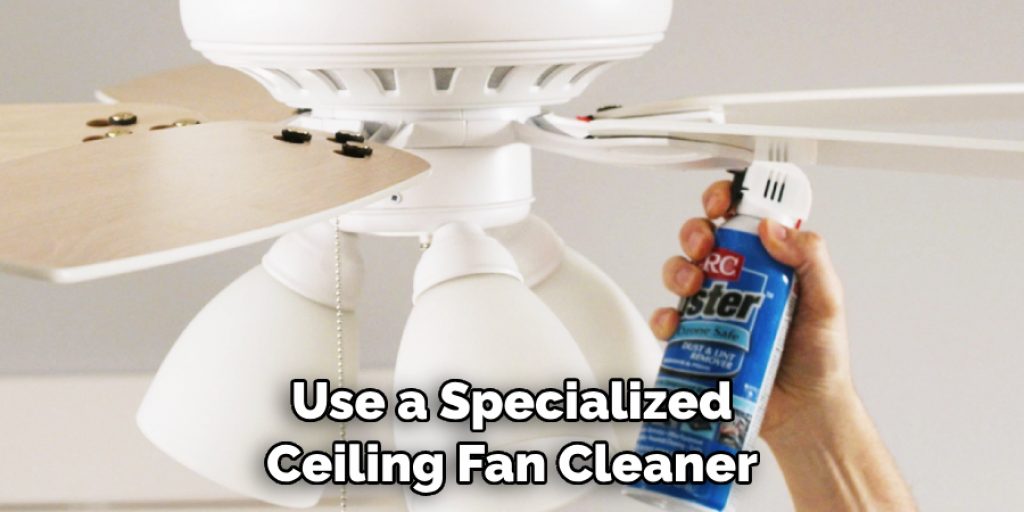
Another option for polishing your ceiling fan blades is to use vinegar. Vinegar has natural cleaning properties and can be used as an eco-friendly alternative to harsh chemical cleaners.
To polish the blades, mix equal parts white vinegar and water in a spray bottle and lightly mist the solution onto each blade. Then, use a soft cloth to wipe down and polish the blades. The vinegar will help remove any stuck-on dirt or grime while also leaving a shiny finish on your ceiling fan blades.
8. Vacuuming Around Ceiling Fan Base
To ensure that no dust particles are left behind, vacuum around both sides of your ceiling fan base where it attaches to the wall or ceiling. This will help prevent dust from accumulating inside the motor housing, which could lead to malfunctions over time. Use a crevice tool to reach any tight spaces or corners. It is also recommended to vacuum the area around the ceiling fan blades and underneath them, as these areas often collect dust as well.
9. Replacing Light Bulbs
If there are bulbs attached to your ceiling fan, make sure they are all working properly by replacing any burnt-out bulbs before turning on your ceiling fan again. Not only will this help ensure that all components are functioning properly, but it will also save you money on energy costs in the long run by reducing energy consumption when running your fans at full speed.
10. Testing Ceiling Fan Functionality
Finally, once everything has been cleaned and dried, test out its functionality by turning on your ceiling fan at its highest speed setting for several minutes before turning it back off again. If everything is working correctly, then congratulations – you have successfully cleaned and maintained your ceiling fan!
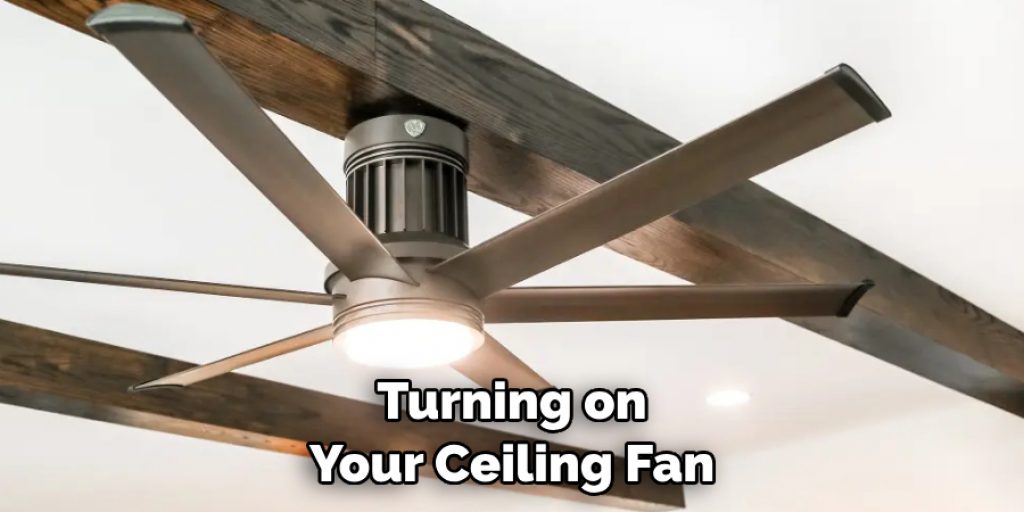
Conclusion
Ultimately, cleaning your ceiling fans with white vinegar is a simple, effective, and affordable way to keep your fan running properly without the need for expensive store-bought products. Not only will your fan blades look immaculate when you’re done but they also will help reduce dust buildup in the room and provide a healthier environment for yourself and your family.
As always be sure to take proper precautions such as wearing protective eyewear when dealing with high ceilings or tall fans.
Keep in mind that although cleaning your fan with white vinegar can be a tedious task, its uses are countless from killing bacteria to removing tough stains from surfaces. Delve into this simple DIY cleaning solution today – you’ll save money, time, and effort while getting perfect results! So don’t hesitate – put those gloves on and get ready to tackle how to clean ceiling fans with vinegar like a pro!


